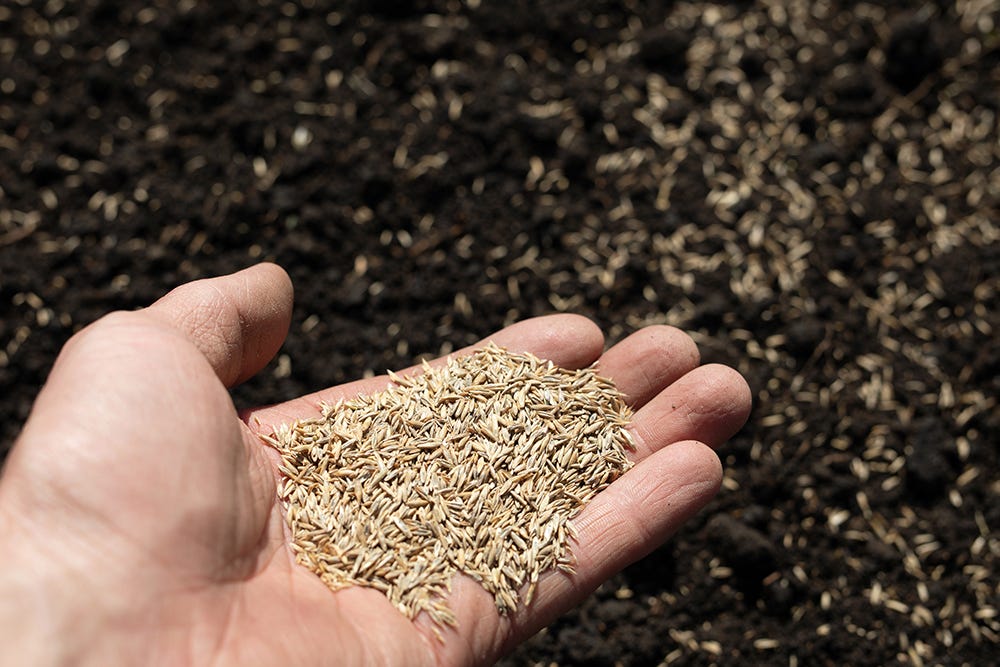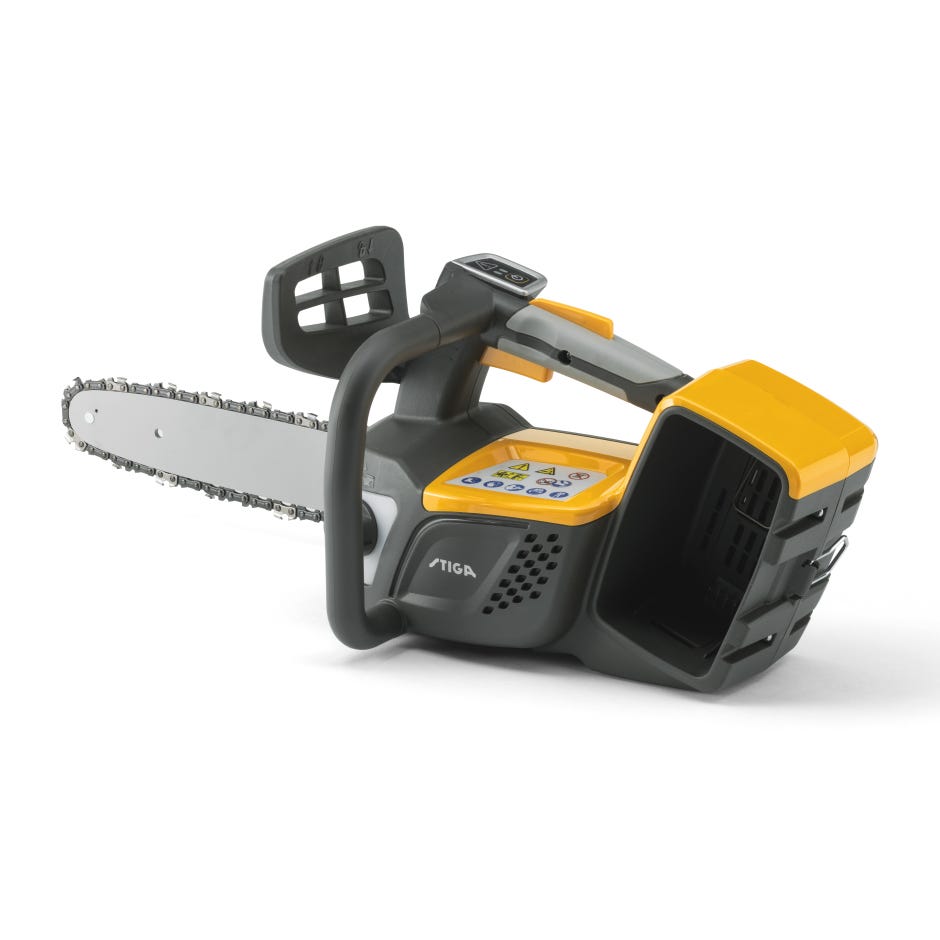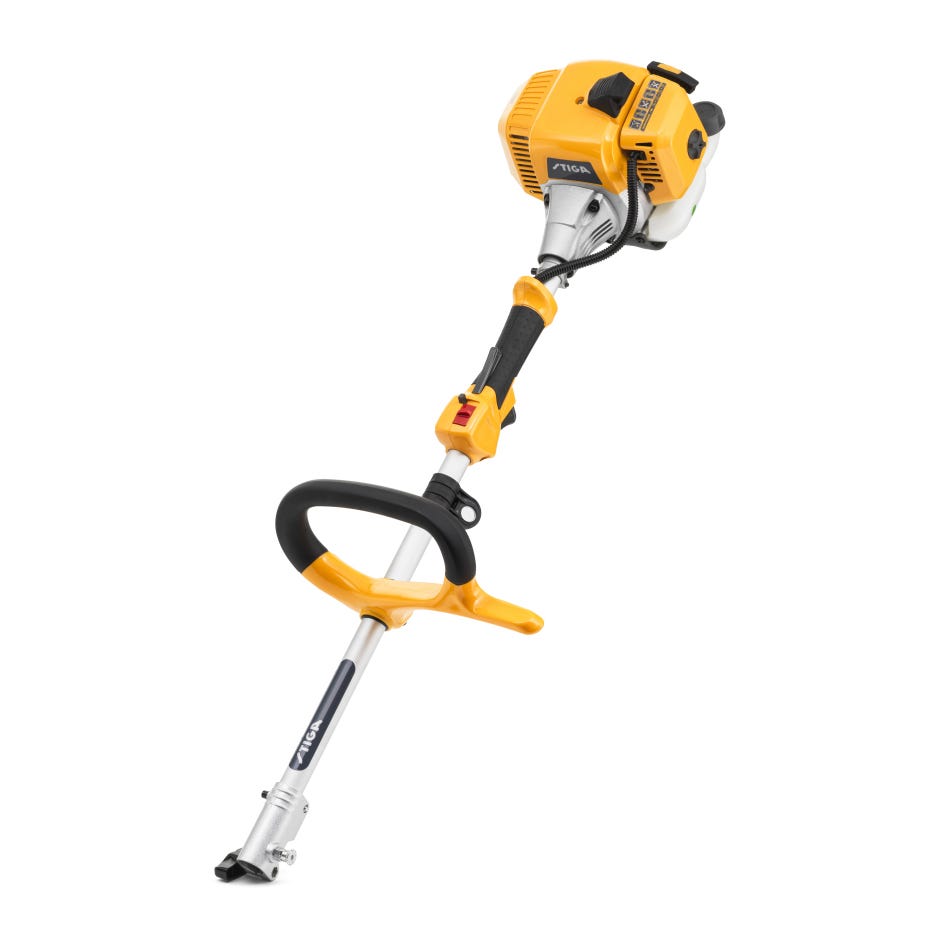- Maintenance tips & tricks
- 4-season garden care advice
- News from the gardening world
- STIGA innovations & new product launches
Your quick guide to plant types
If you’re new to gardening, read our quick guide on different plant types and how they grow. That way you’ll know how to care for them and ensure your garden looks good every season.

Annuals
-
In their one-year life cycle, annuals grow from seed, put on lots of blooms in summer, produce more seed, and then die.
-
Hardy annuals such as nasturtiums, love-in-a-mist and cornflowers tolerate the cold. Sow outdoors in March or April and September.
-
Half-hardy annuals include zinnias and cosmos. Sow indoors in spring, and plant out in May or June.
Biennials
-
Biennial plants, like the common foxglove, take two years to complete their life cycle.
-
Sown from seed, they grow roots and foliage in one year and die in the next – often coming into flower in late spring, before annuals and perennials.
Perennials
-
Perennials live for three years or longer, and flower right through the summer months. Popular varieties include hostas, lupins, delphiniums and peonies.
-
Hardy perennials seem to ‘vanish’ in winter as their foliage dies back and the rootstock beneath lies dormant. New shoots then appear in spring.
-
Half-hardy perennials such as heliotrope and many fuchsias need bringing indoors as soon as the temperature drops – grow in a pot to make moving them easier.
Trees
-
Whether deciduous (leaves drop in winter) or evergreen (keeps its leaves year-round), nothing marks the changing seasons more beautifully than a tree.
-
And even if space is limited, there’s a variety that should fit your garden, such as acers and ornamental cherries. Plant in autumn to give it time to establish strong roots – ready for next year’s growing season.
Shrubs
-
Lots of woody branches, but no trunk, defines plants like roses and lavender as shrubs – a group of shrubs is a bush or hedge.
-
Deciduous, evergreen or semi-evergreen (leaves stay on in mild winters), shrubs offer the complete package – adding structure to a garden, attractive foliage, flowers, and colourful berries.
-
You can also clip evergreen shrubs into shapes known as topiary.
Climbers
-
Popular varieties include fragrant honeysuckle and jasmine, wisteria and clematis.
-
Support them at a fence, trellis or over an arch as they grow. They also work well around seating areas and create attractive screening walls.
Bulbs
Many flowering plants grow from bulbs – nature’s food storage organs. Depending on when you plant them, they’ll bloom either in spring or summer/early autumn. They come in these forms:
-
True bulbs (modified leaves) include daffodils, bluebells, allium, hyacinths and tulips.
-
Rhizomes (swollen, horizontally-growing stems) include summer-flowering bulbs such as iris and lily-of-the-valley which are planted in spring.
-
Corms
-
Tubers
Bedding plants
-
For a colourful display that lasts a few months, bedding plants add colour and scent to borders and beds, pots or window boxes.
-
Choose from half-hardy annuals or tender perennials such as pelargoniums (geraniums), petunias and pansies, as well as various shrubs and bulbs.

Struggling to know which grass seed to select? With so many to choose from, it can be overwhelming to know where to start. We’ve put together a guide to help you sow the best grass seed for your climate and cultivate a thriving lawn you can be proud of.























